Hat NeoFlash
SKU:U071
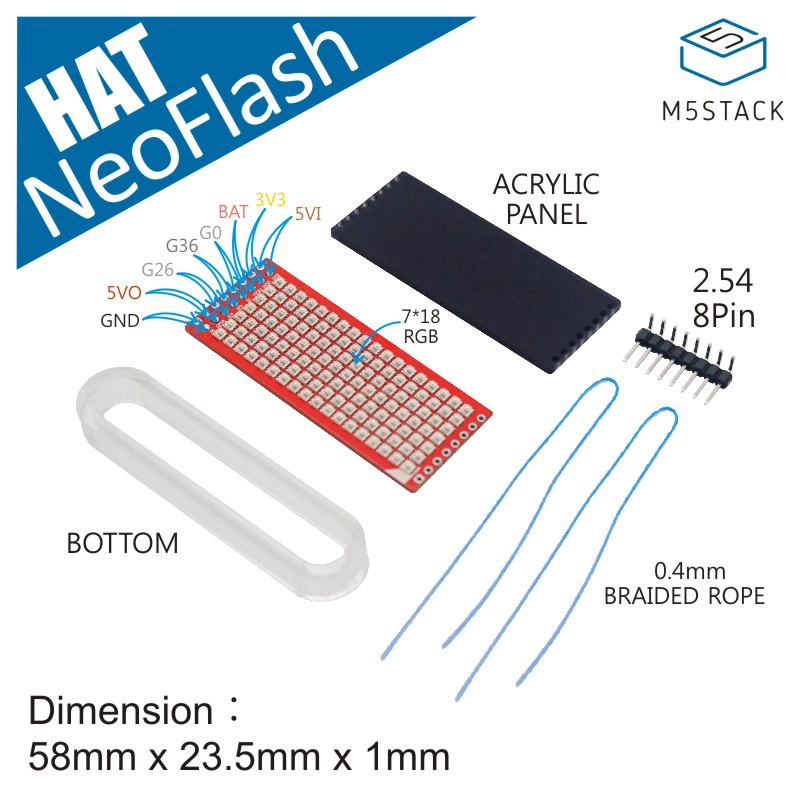
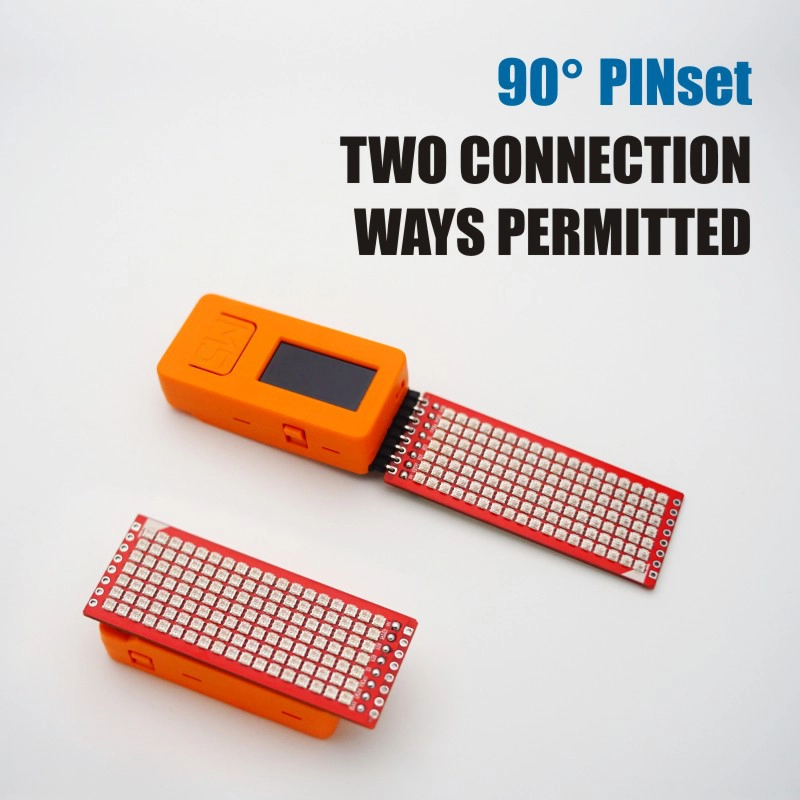
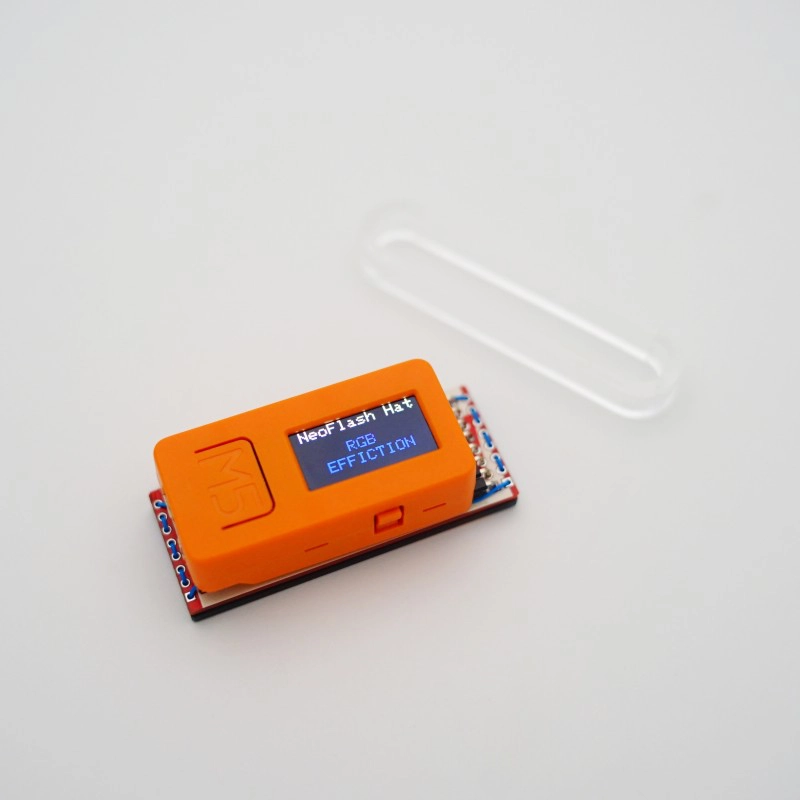
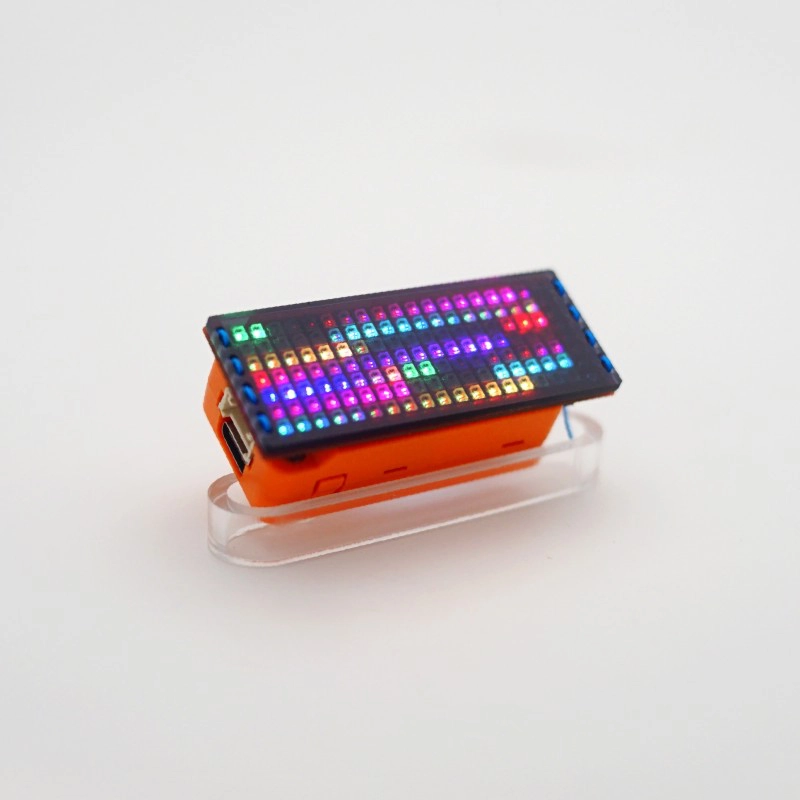
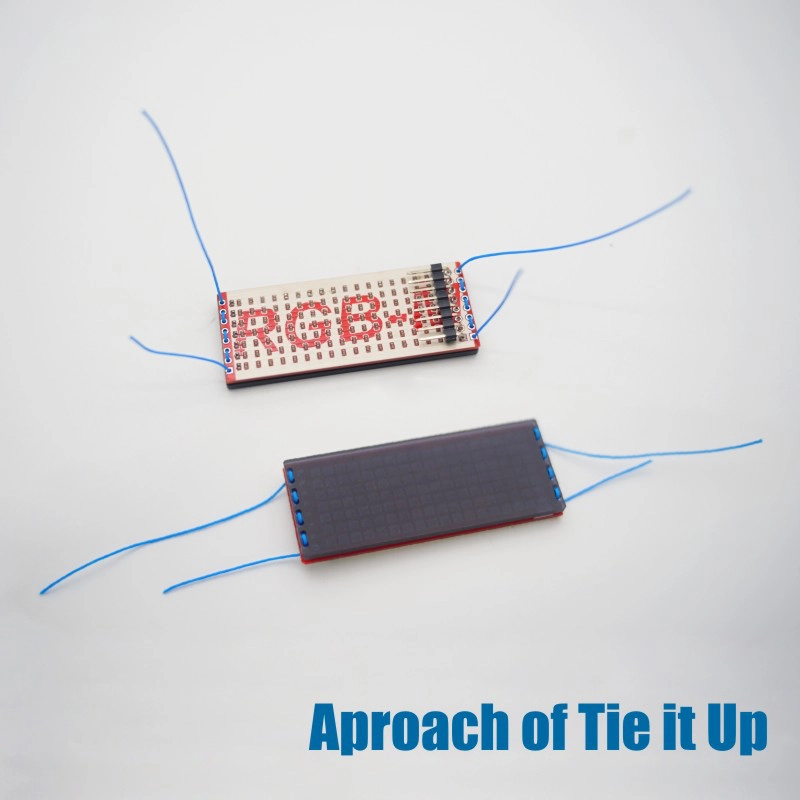
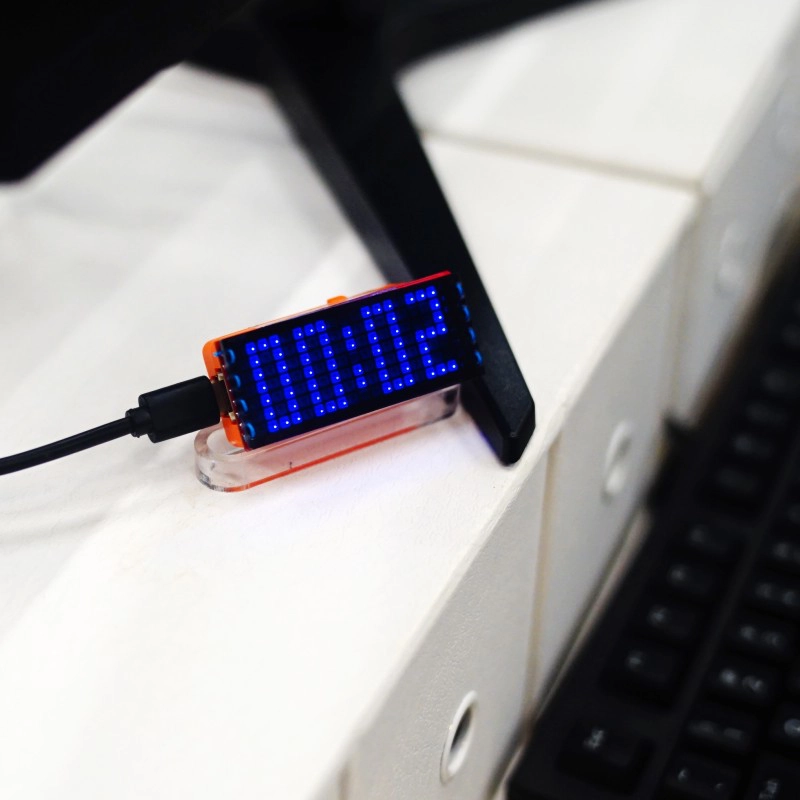






Description
Hat NeoFlash is a matrix RGB LED panel specifically designed for M5SticKC. This PCB board, with a size of only 58x23.5mm, embeds a total of 126 programmable RGB LEDs (WS2812), allowing users to freely set its color and brightness. Besides achieving cool colorful lighting effects, its 7x18 matrix design provides a good digital display experience. When using the panel for data display applications, the accompanying dark brown acrylic board can effectively enhance the display effect. With the included/default two 90° bent pin headers, Hat NeoFlash can be mounted on the M5StickC at two angles. If you plan to add a delicate and compact LED matrix screen to your project, Hat NeoFlash would be a great choice.
Features
- Three primary colors for a single pixel:
- Achieves 0 ~ 256 levels of brightness display
- Completes 16,777,216 colors of true color display
- 24-bit RGB control data: 8 bits for each color
- Number of RGB LEDs: 126
- Hole pitch: 0.1 in - (2.54 mm)
- Hole size: 0.039" 1mm (CNC process)
- Mounting method: Close to the back (default)/horizontal splicing
- Product size: 58 x 23.5 x 1mm
- Product weight: 2g
Includes
- 1 x Hat NeoFlash
- 2 x 2.54@8P bent pin headers (90°)
- 1 x 2mm dark brown acrylic board
- 2 x 15cm fixing wires (#71, 0.4mm)
Applications
- LED matrix display
- Digital clock
- Colorful light display
Specifications
| Specification | Parameter |
|---|---|
| Net weight | 11g |
| Gross weight | 20g |
| Product size | 58 x 24 x 3mm |
| Package size | 67 x 53 x 12mm |
Operating Instructions
Diagram of matrix panel/acrylic board wiring method

Schematics
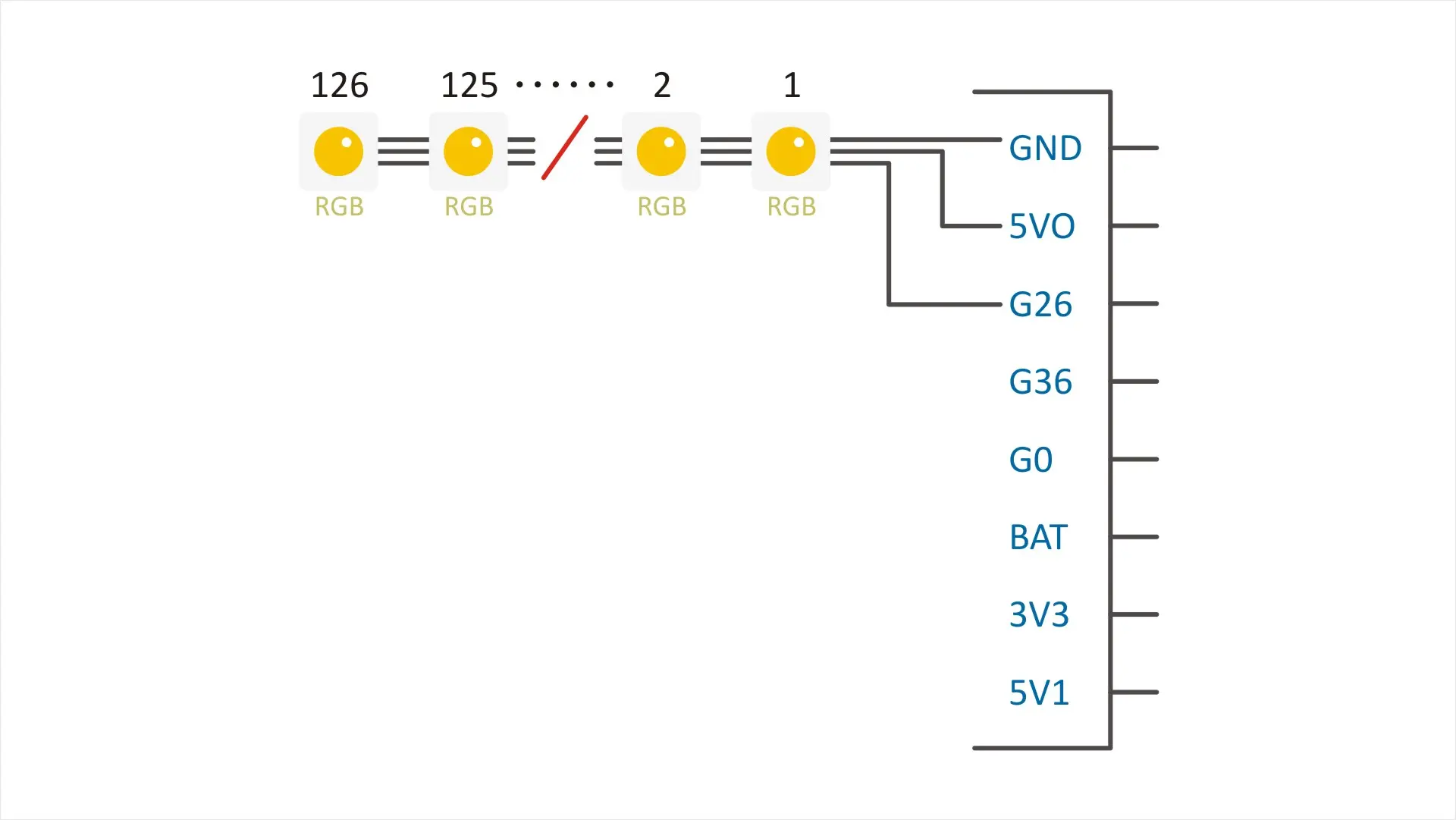
PinMap
| M5StickC | G26 | 5V | GND |
|---|---|---|---|
| Neoflash HAT | DATA | 5V | GND |
Softwares
Arduino
EasyLoader
| Easyloader | Download Link | Note |
|---|---|---|
| Hat NeoFlash Easyloader | download | / |